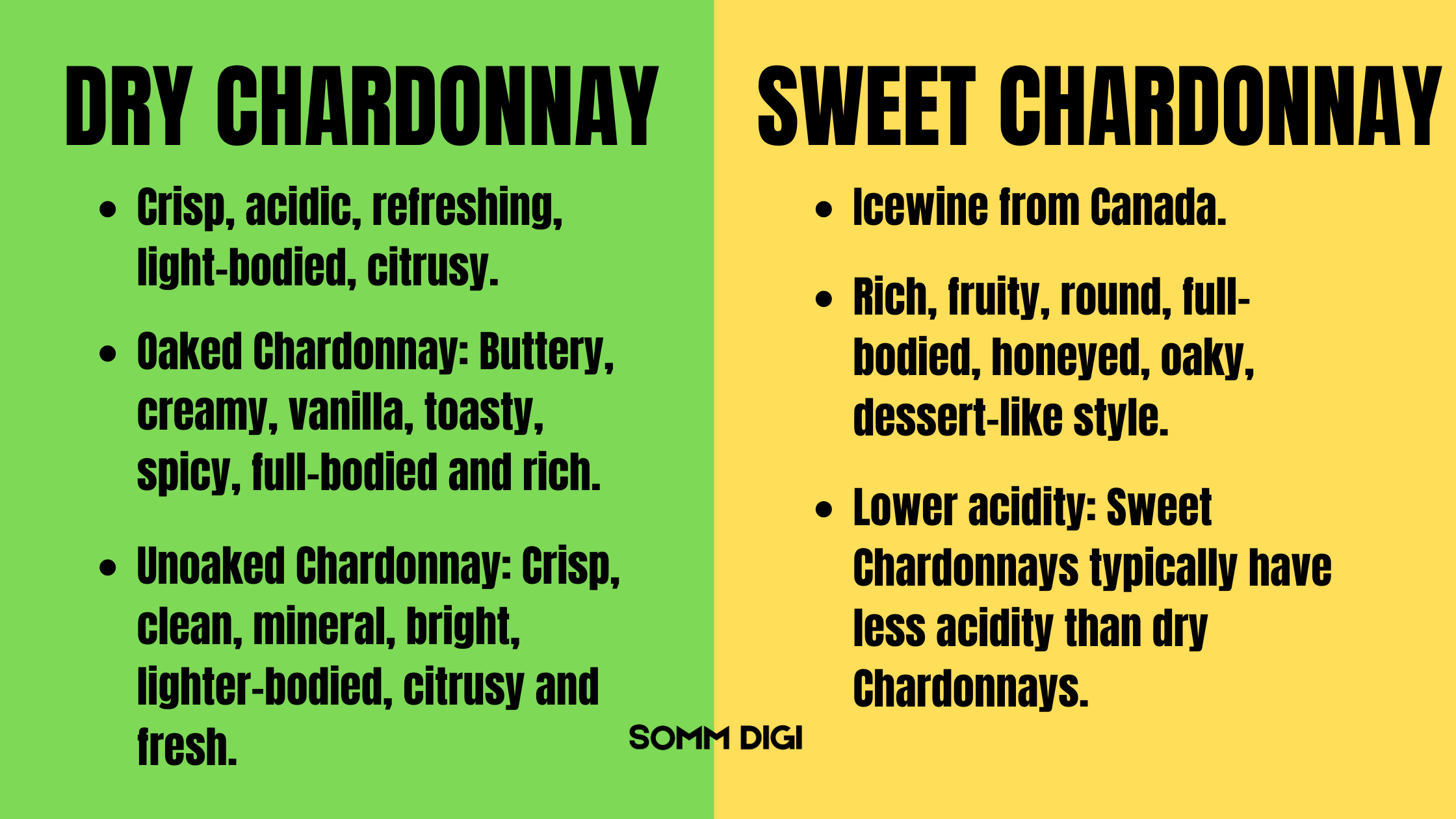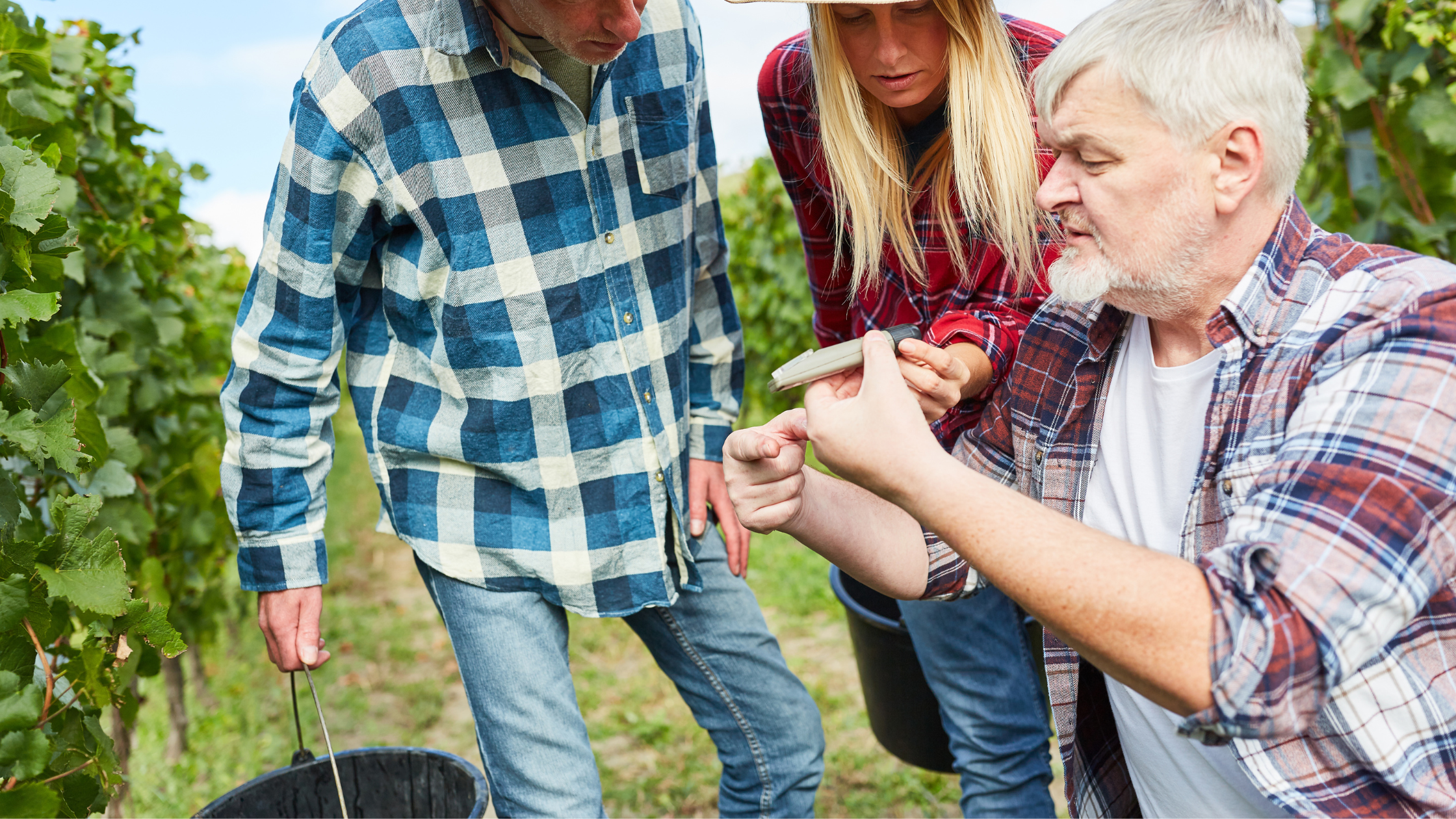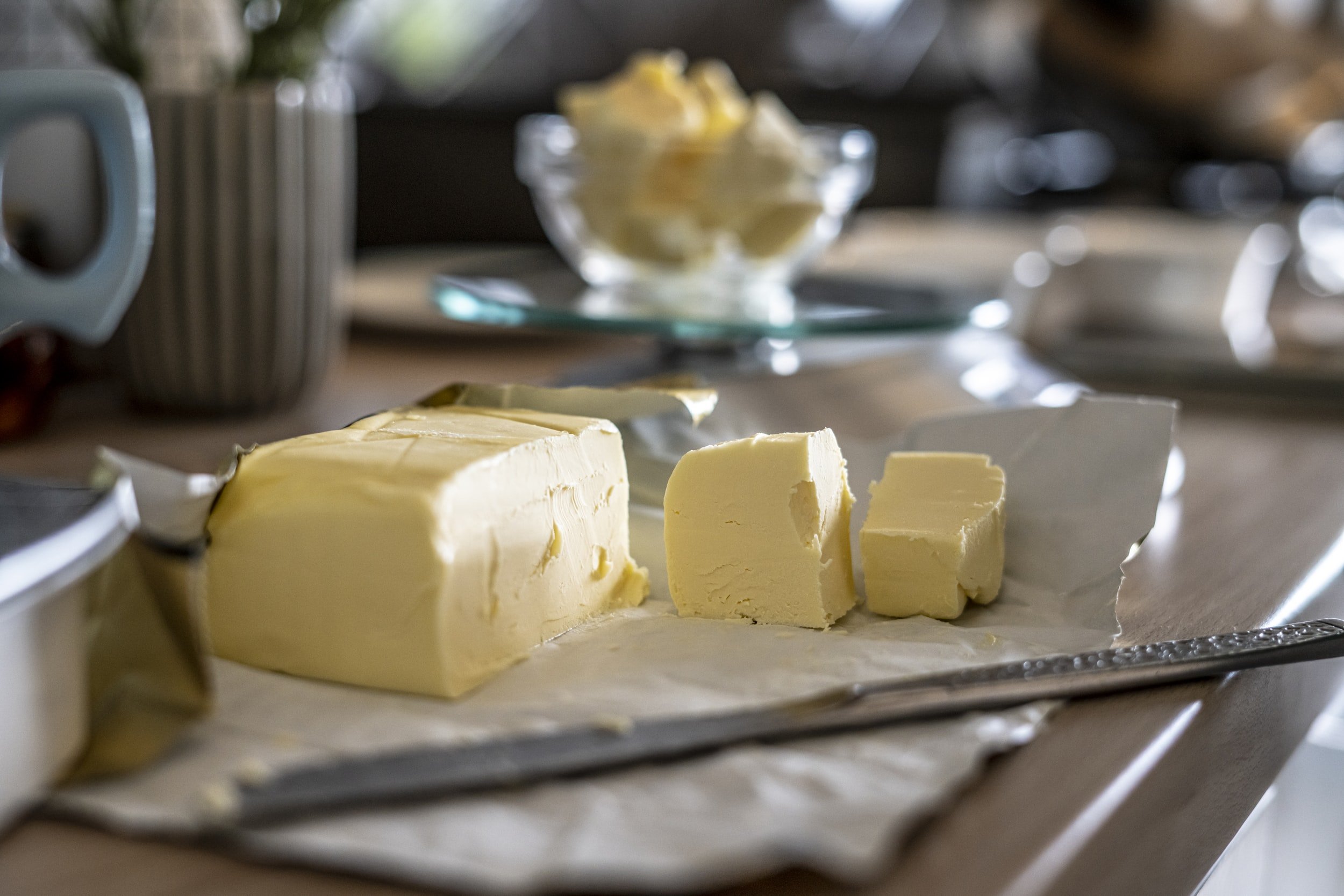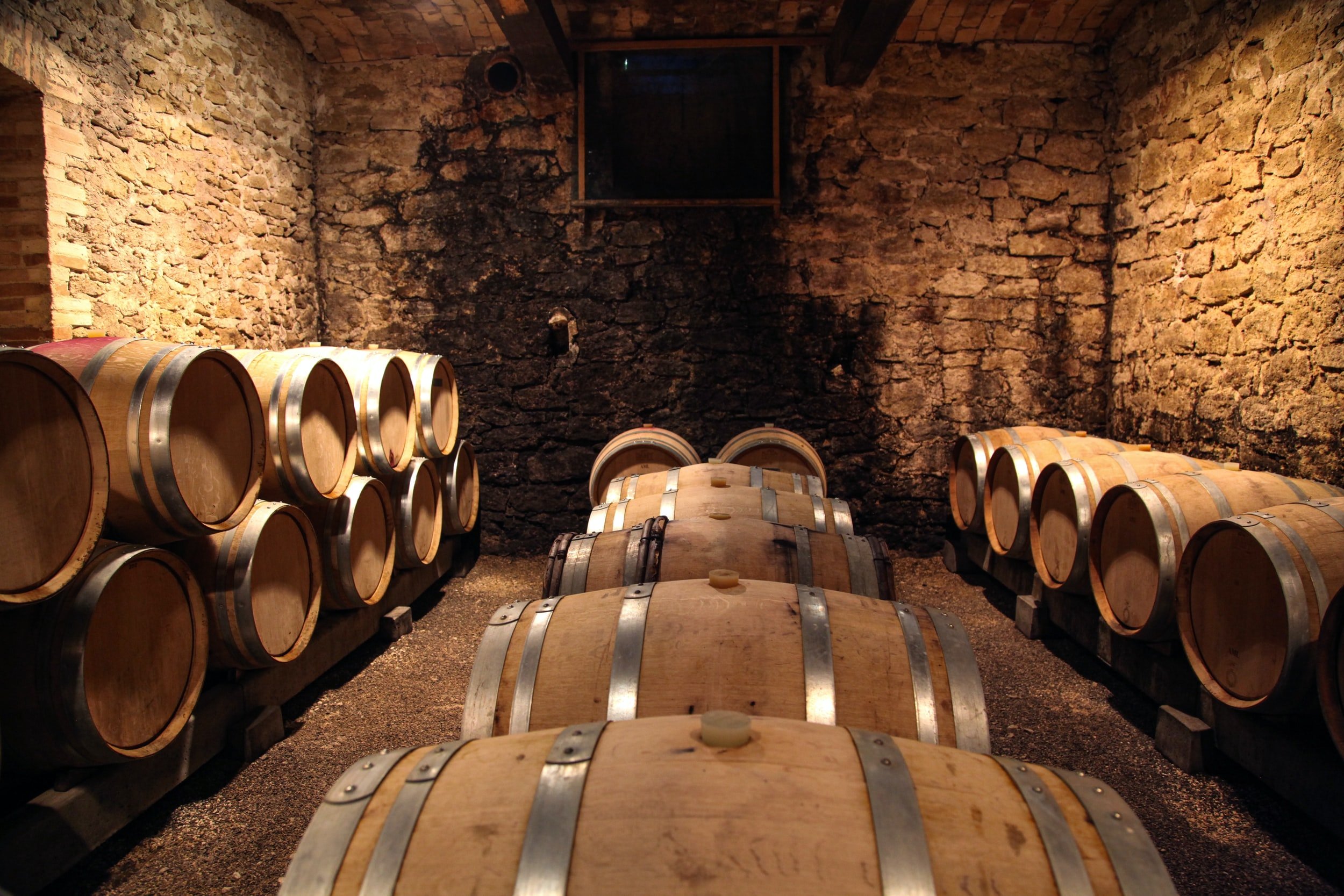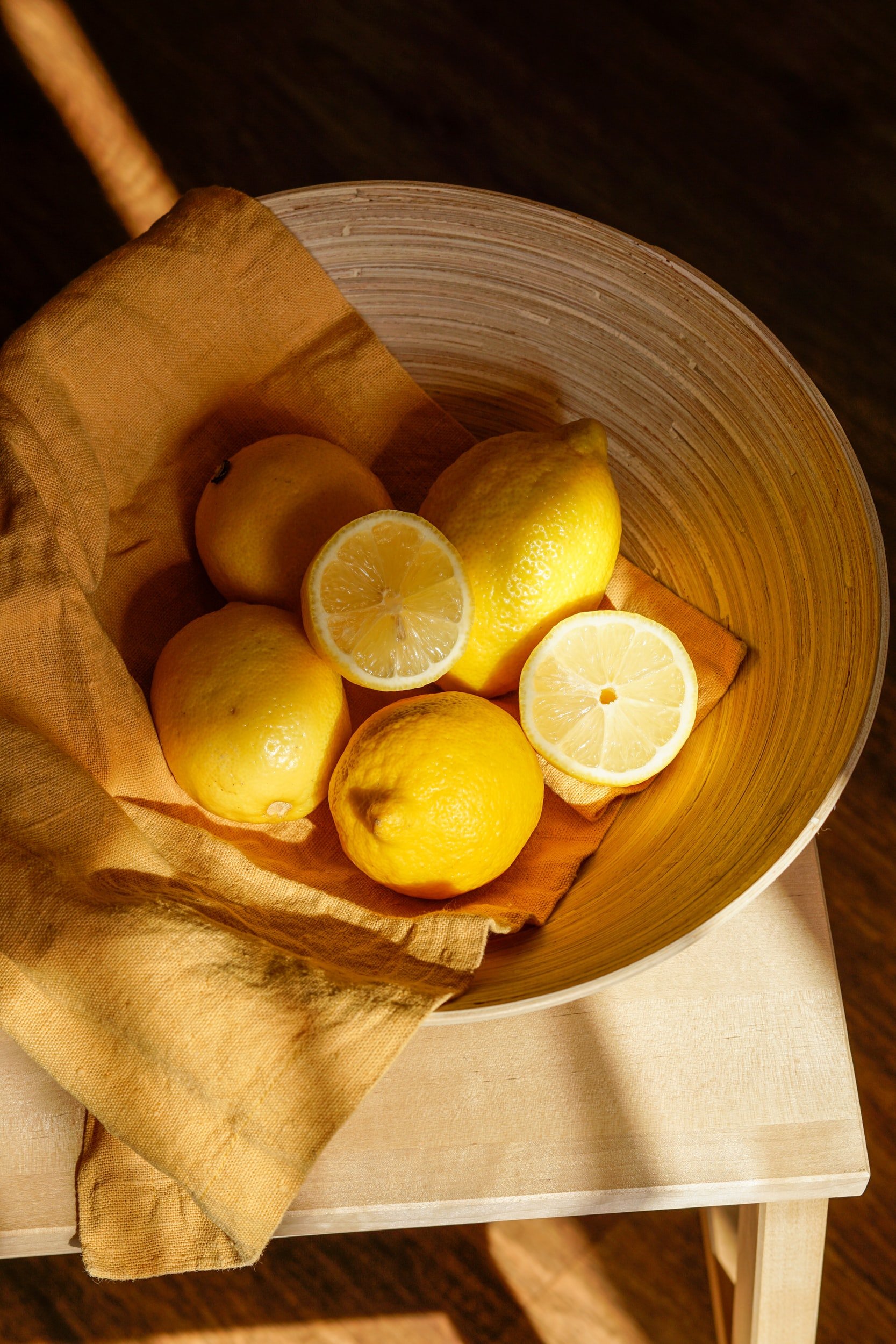Is Chardonnay Sweet or Dry? Unveiling Its Range of Styles
Pahlmeyer Napa Valley Chardonnay 2021
Are you wondering about Chardonnay? You have come to the right place! This blog post will answer the age-old question of whether Chardonnay is dry or sweet. But that is just the beginning!
We'll also learn about the interesting history of this popular grape and look at the wide range of styles available today. With its versatility and complexity, Chardonnay has won over wine lovers worldwide, from the mineral-driven wines of Chablis to the rich, buttery wines of California.
So, whether you're a wine connoisseur or just starting out, get ready to learn about Chardonnay: its characteristics, flavors, and unique place in the world of wine.
By the end of this post, you'll have all the information you need to answer your burning questions about this well-loved grape.
By the end of this blog, we will provide you with some curated recommendations of Chardonnay wines to try. These selections are especially for those who enjoy the intricate nuances of a dry Chardonnay. We believe that you'll thoroughly enjoy tasting them.
Is Chardonnay Sweet?
Chardonnay can be either dry or sweet, depending on the winemaking techniques used. Dry Chardonnay is the most common style and typically has high acidity and little residual sugar, giving it a crisp flavor. However, Chardonnay can also be made into a sweet wine, particularly in Canada, where it is used to produce ice wine. Overall, the sweetness level of Chardonnay varies depending on the region, winemaking techniques, and specific style of the wine.
Is Chardonnay Dry?
So, to answer the question "Is Chardonnay dry?" the answer is yes, it can be dry; in fact, dry Chardonnay is the most common style.
Dry Chardonnay is the most common style and typically has high acidity and little residual sugar, giving it a crisp flavor. The flavor profile of dry Chardonnay can differ from region to region where the grapes were grown; for example, Chardonnays from Chablis have a mineral-driven flavor profile, those from Montrachet are more full-bodied, and those from Napa Valley have riper fruit flavors. Finally, the climate, soil, and winemaking techniques of the region where the dry Chardonnay was produced impact its style.
Dry Chardonnay
Crisp and acidic: Dry Chardonnays are refreshing and have a bright acidity that makes them food-friendly.
Light-bodied: Dry Chardonnays are typically lighter in body and have a leaner mouthfeel than their sweet counterparts.
Citrusy and fruity: Dry Chardonnays often have citrusy and green apple flavors and notes of pear and sometimes tropical fruit.
Unoaked: Many dry Chardonnays are not aged in oak barrels, allowing the fruit flavors to shine and giving the wine a clean, fresh taste.
Sweet Chardonnay
Tropical fruit flavors: Sweet Chardonnays may have flavors of ripe tropical fruits like pineapple, mango, or papaya.
Floral notes: Some sweet Chardonnays may have subtle floral aromas or flavors, such as honeysuckle or jasmine.
Nutty or caramel notes: Depending on how the wine is made and aged, sweet Chardonnays may have notes of nuts or caramel, adding richness and complexity to the wine.
Lower acidity: Sweet Chardonnays typically have less acidity than dry Chardonnays, making them feel softer and more full-bodied in the mouth.
The Residual Sugar Method: How to Measure Sweetness in Chardonnay
The sweetness level of wine is typically measured using the residual sugar (RS) method. This involves measuring the amount of sugar remaining in the wine after fermentation. The residual sugar is measured in grams per liter (g/L) or percent (%).
To calculate the sweetness level of a wine using the RS method, you can use a hydrometer or refractometer to measure the specific gravity (SG) of the wine before and after fermentation. The difference between the two measurements can be used to calculate the RS of the wine.
To calculate the RS of the wine, use the following formula:
RS (g/L) = (SG before fermentation - SG after fermentation) x 10
The sweetness level of the wine can then be determined based on the RS measurement:
Bone Dry: No Sugar or very less
Dry wine: less than 8 g/L RS
Off-dry wine: 8-30 g/L RS
Sweet wine: 30-120 g/L RS
Dessert wine: over 120 g/L RS
It's important to note that sweetness perception is not just determined by the sugar content in the wine but also by other factors such as acidity, alcohol content, and tannins.
Additionally, the perception of sweetness in wine can vary among individuals due to differences in taste sensitivity and personal preferences. Therefore, the sweetness level of a wine may be subjective and vary from person to person.
Sweetness Level of Chardonnay
Brix
Brix is a way to measure the sweetness level of things like grapes or juice. It tells you how much sugar is in the grapes or juice. The more sugar there is, the higher the Brix reading will be.
When winemakers make wine, they use the sugar in the grapes to make alcohol. If they use all of the sugar, the wine will be dry, so it won't taste sweet. But the wine will taste sweeter if they don't use all of the sugar. So, the Brix reading can give winemakers an idea of how sweet the wine will be.
Basically, Brix helps winemakers know how much sugar is in the grapes and how sweet the wine might be.
Origin of Chardonnay
Chardonnay is a white grape variety that originated in the Burgundy region of France. Still, it has grown in many wine-producing regions worldwide, including California, Australia, and New Zealand.
The grape is known for its versatility and can be made into a wide range of wines, from crisp and refreshing to rich and buttery.
The Chardonnay grape is believed to have originated in the Burgundy region of France. It was first mentioned in a document from the year 1552. The Chardonnay grape quickly became popular in Burgundy and spread to other areas of France. Today, Chardonnay is grown all over the world.
When it comes to the sweetness of Chardonnay, the level of sweetness depends on the winemaking techniques used. Wines made from Chardonnay grapes that are fermented and aged in stainless steel tanks tend to be crisp, dry, and have fruity flavors. On the other hand, wines made from Chardonnay grapes that are fermented and aged in oak barrels tend to be buttery and oaky, with a higher level of alcohol content.
CHARDONNAY PRONUNCIATION
One of the best examples of a dry Chardonnay is the Chardonnay from the Burgundy region of France. These wines are fermented and aged in oak barrels, which gives them a rich, buttery flavor and a higher alcohol content. On the other hand, Chardonnay wines from the Napa Valley in California tend to be more fruity, with medium to higher acidity and high alcohol content. In some cases, some Chardonnay could have extra little residual sugar but is not sweet as other sweet wines.
If you're looking for a Chardonnay, there are a few things to keep in mind when selecting a bottle. Look for wines aged in stainless steel tanks and those from cooler climates, such as Chardonnay from the Chablis region of Burgundy or the Russian River Valley in California. Additionally, wines labeled as "unoaked" or "unwooded" are also a good choice, as they are fermented and aged in stainless steel tanks. You could also check the label or region if you love to taste oaky-style Chardonnay.
Chardonnay Styles: From Sweet to Dry
When it comes to understanding the sweetness level of Chardonnay, it's important to know that there are several different styles of this varietal.
Here are three of the most popular styles of Chardonnay and where they fall on the sweetness spectrum
1. Unoaked Chardonnay:
These wines are typically lighter in body and have fresh, vibrant flavors. On the sweetness scale, unoaked Chardonnays tend to be on the drier side.
2. Oaked Chardonnay:
Wines that have been aged in oak barrels tend to be richer and have more complex flavor profiles.
3. Sparkling Chardonnay:
Sparkling wines are made by naturally adding carbonation during the fermentation process. These bubbly wines tend to be very dry, with only a hint of sweetness.
Crisp and Oaky Dry Chardonnays: Top Picks Delivered
Here are some Chardonnay recommendations that we have curated just for you. The good news is that if you choose any of our suggestions, we offer home delivery across the United States. So, without further ado, here are our selected dry-style Chardonnay wines for your consideration.
Dry Chardonnay Recommendations
We're thrilled to recommend some of our favorite Chardonnay wines to you. If you're a Chardonnay enthusiast and wish to explore more, please click on the link to see the Chardonnay selection on wine.com. Please note that we have an affiliate relationship with Wine.com, and we may earn a commission if you decide to purchase these wines using our links.
In conclusion, Chardonnay is a versatile and popular grape that wine lovers worldwide love. Even though whether it's sweet or dry seems simple, Chardonnay can come in a wide range of styles, from crisp and mineral-driven to rich buttery. It has a long and complicated history that spans many centuries and countries. Whether you like a traditional Chablis or a bold Chardonnay from California, there is a style of wine made from this grape for everyone.
We hope this blog post has helped you understand Chardonnay better and appreciate the unique qualities that make it such a special varietal.
Cheers to getting to know Chardonnay's wonderful world!


